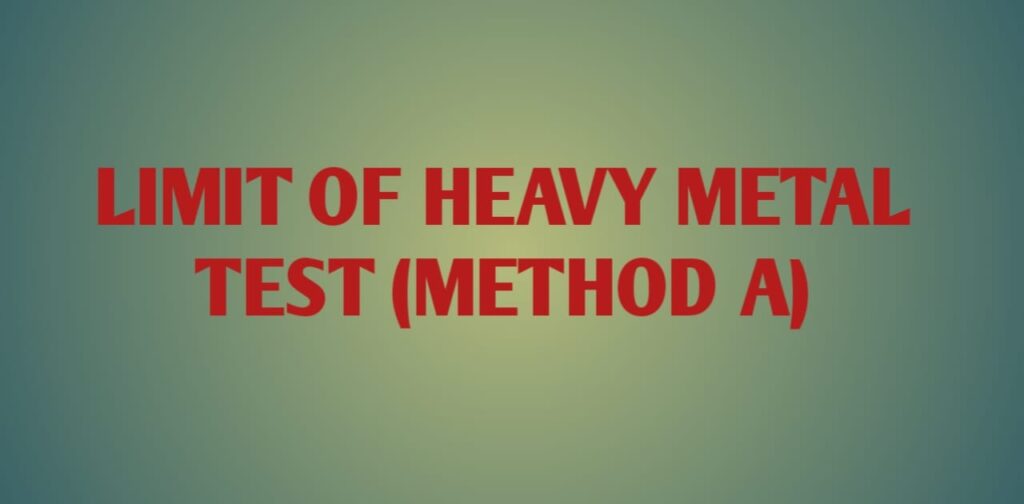| Method of analysis of Sodium Hypochlorite (NAOCL) |
| 1.0 PROCEDURE 1.1 Sampling Quantity: 100 ml 1.2 Description: Clear, colorless to pale yellow liquid having odour of chlorine Spread about 2.0 ml of sample in a clean dry Petri dish and observe with unaided eye and observe against specification. 1.3 Assay: 1.3.1 For Sodium Hypochlorite Solution (10-14 per cent Cl): Transfer 1 ml in a glass-stoppered flask containing a solution of 3 g of potassium iodide in 100 ml of water, add 20 ml of dilute acetic acid and titrate the liberated iodine with 0.1 M sodium thiosulphate using starch solution, added towards the end of the titration, as indicator. 1 ml of 0.1 M sodium thiosulphate is equivalent to 0.003546 g of available chlorine. Purity of NaCl3 = Vol. cons. Of 0.1M Na2S2O5 x Factor x Actual Molarity x 100 / Sample weight x Stated Molarity1.3.2 For Sodium Hypochlorite Solution (3 to 4 per cent Cl): To read this GTP Click here Preparation and Standardization of 0.1M Ceric Ammonium Sulphate. Dilute 30 ml. of sodium hypochlorite solution to 100 ml. with water immediately before use. The solution contains not less than 2.5 per cent and not more than 3.0 per cent w/v of available chlorine determined by the following method. Add to a flask, sucessively, 50 ml. of water, 1 g of potassium iodide and 12.5 ml. of 2 M acetic acid. Dilute 10 ml of the reagent under examination to 100 ml. with water, add 10 ml. of this solution to the flask and titrate with 0.1 M sodium thiosulphate using 1 ml of starch solution, added towards the end of the titration, as indicator. 1 ml of 0.1 M sodium thiosulphate is equivalent to 0.003546 g of available chlorine. Purity of NaCl3 = Vol. cons. Of 0.1M Na2S2O5 x Factor x Actual Molarity x 100 / Sample weight x Stated Molarity |

